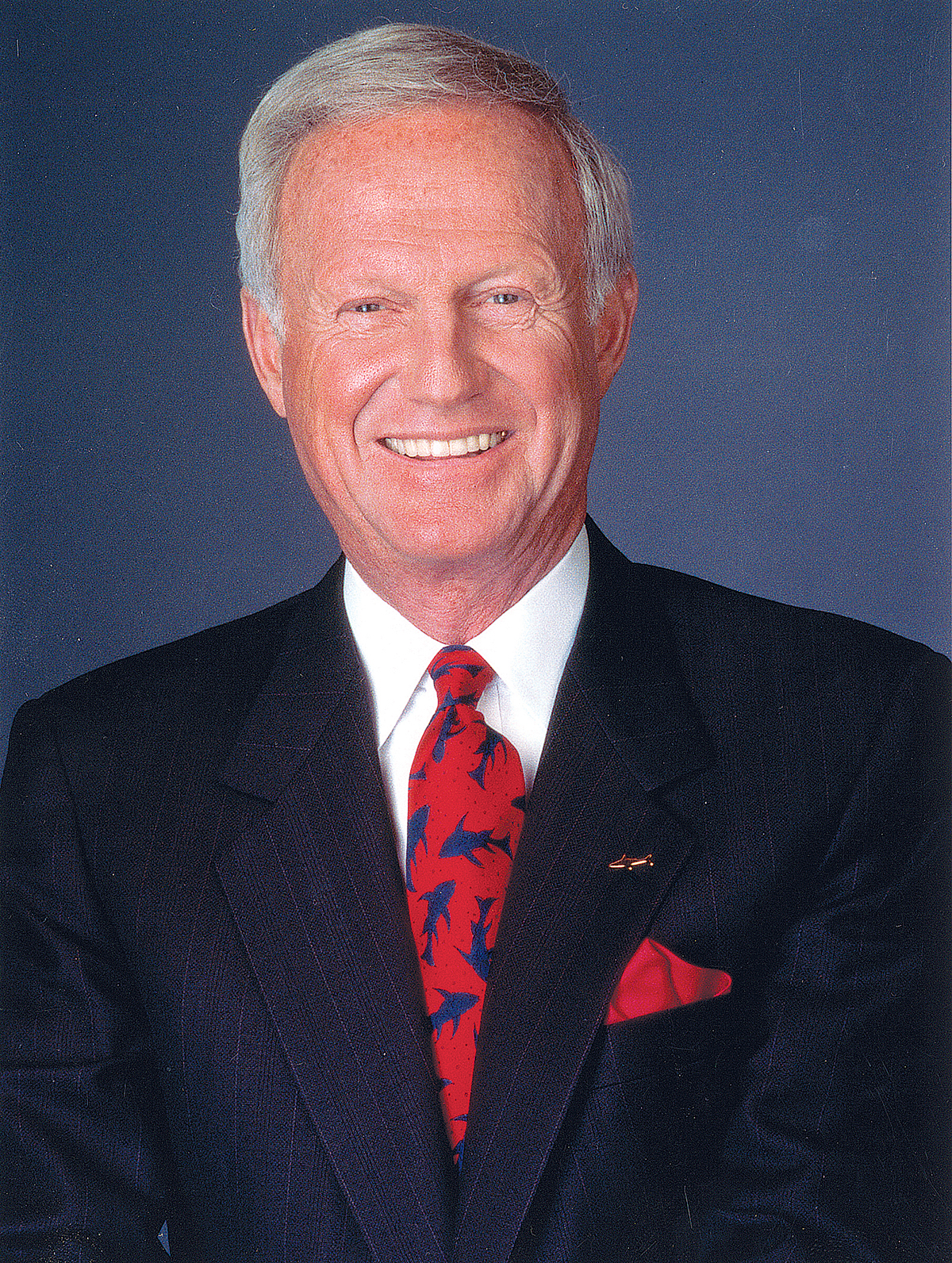Read the sports pages on any given day, and you’ll likely find a hard-luck story about some player or team experiencing the worst slump in years. But slumps aren’t confined to sports: They’re news on the front pages and in the business sections, too.
The housing slump is big news right now. A slump on Wall Street is bad news for a lot of businesses. Aside from a few blockbuster movies this summer, entertainment reporters will talk about the box-office slump.
Politicians know their electability diminishes with a slump in approval ratings, and a slump in voter turnout usually indicates an apathetic or disgusted electorate. Dejected singles bemoan their dating slumps.
As bad as all that can be, I still have a soft spot for even the most overpaid pro athletes. How, exactly, do they cope with their extended failures getting splashed across the papers and blogs? Does that inspire them to do better?
Being down happens to just about everyone. Getting back up takes effort.
Slugger Hank Aaron said: “My motto was always to keep swinging. Whether I was in a slump or feeling badly or having trouble off the field, the only thing to do was keep swinging.”
Actor Frank Langella credits his slumps for some of his successes: “What helped me most were my failures and slumps – when I couldn’t get work, people weren’t interested in me or had written me off.”
Legendary Boston Celtics coach Red Auerbach shared the story of how he coaxed Bill Walton out of a slump in the 1985-1986 season. Walton, usually a team leader, wasn’t scoring. He told Walton it didn’t matter what he scored. All Auerbach cared about was Walton’s contribution to the team. Remarkably, after that conversation, Walton got back in the groove, and his performance improved significantly.
“He became loose,” Auerbach said, “and he never looked to see what he scored. All he looked at was, ‘Did we win?’”
Robert Bly, author of “The Copywriter’s Handbook” (Owl, 2006) and “Write More, Sell More” (Writer’s Digest, 1998) developed a three-part strategy for overcoming slumps:
1. Do something.
2. Do more.
3. Keep doing it.
Bly’s advice is so simple that anyone can do it. You can reverse a slump only through action. Not everything you try will work. Bly adds this corollary to No. 3: Evaluate the results of each effort, and do more of what is working and less of what is not working.
Seattle Mariners center fielder Ichiro Suzuki knows he’ll have slumps. He also knows how to get out of them: “If I’m in a slump, I ask myself for advice.”
If you’re in a sales slump, for example, get back to the basics. Look at your goals and see whether you have been following your plan to achieve them. If you haven’t been completely true to plan, fix it. If you have, then you need a new action plan. Have you been prospecting enough? Are you delivering what your customers need and want? Are you overpromising and disappointing?
Slumps are usually caused by not doing the simple things well. Look at your own performance before you place the blame elsewhere. This is your slump, not something you stumbled into. You may have to work a little harder – or a lot harder – until you figure out how to turn things around.
If you can’t reach a solution on your own, ask trusted colleagues for advice. Check your ego and be prepared for brutal honesty. You want good results, don’t you?
Stay focused on the desired outcome, and don’t let distractions clutter your thinking. Start simple and work your way up. Unless you have been doing everything wrong, there’s no need to start from scratch.
Keep a positive outlook. If you were successful before, there’s no reason you can’t be successful again. Your confidence is an important component of your recovery. Your skill set is still intact. You may have to use it differently, or develop it further, but you really never forget how to ride a bicycle.
The eternal optimist Yogi Berra should inspire you: “I ain’t in no slump. I just ain’t hitting!”
Mackay’s Moral: A slump may bring you down, but you have nowhere to go but up. •
Harvey Mackay is the author of The New York Times’ No. 1 best-seller “Swim With the Sharks Without Being Eaten Alive.” He can be reached through his Web site, www.harveymackay.com, by e-mailing harvey@mackay.com or by writing him at MackayMitchell Envelope Co, 2100 Elm St. SE, Minneapolis, MN 55414.












